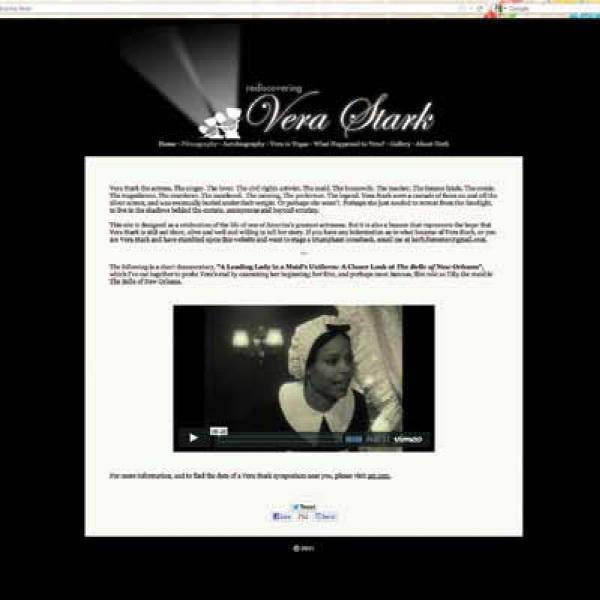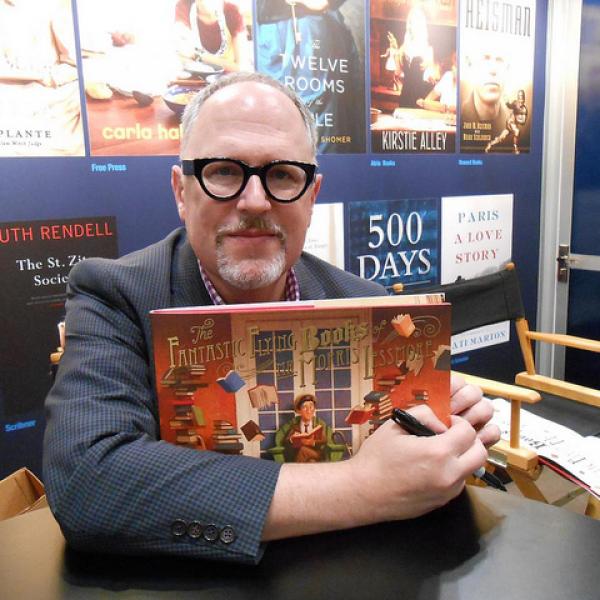Breaking Down Walls

Kickstarter founders, from left right: Charles Adler, Perry Chen, Yancey Strickler. Photo by Jon Vachon
Artists and arts organizations often have relied on monarchs, wealthy families such as the Medicis, large corporations, and of course, national and local governments for funding and support. But when the cultural crowdfunding site Kickstarter launched in 2009, a new demographic suddenly became viable artistic financiers: workaday Janes and Joes. With more than $450 million in pledges since it began, Kickstarter’s explosive growth has sparked an ongoing conversation about what arts funding could or should look like, and has prompted a critical look at how technology has altered the playing field for both arts patrons and beneficiaries.
Kickstarter operates on an all-or-nothing premise, meaning that if a project reaches or surpasses its fundraising goal, it receives all pledges; if it does not, it receives nothing. To date, Kickstarter projects have seen contributions from more than 3.4 million individuals, all of whom are asked to contribute a minimum of a dollar. “Our media-driven culture is so mass-focused that it’s hard to feel significant. Here, everyone is significant,” said Yancey Strickler, one of Kickstarter’s three founders. “I think that’s really meaningful to people, the notion that I gave you five dollars and now this thing exists.”
The platform’s “flatness,” as Strickler refers to it, applies not just to donors, but to project creators themselves. Anyone with a creative idea can launch a Kickstarter campaign, no matter their artistic training, fundraising background, or geographic location. “Within Kickstarter, [no project] had any inherent advantage. They’re all sitting in the same spot, they all have the same URL structure, there’s nothing special we do with one versus the other,” Strickler said. “The idea that Paul Schrader, who wrote Taxi Driver, can have a project—as he did—sitting right next to some kid who is probably making his first film because he loves Taxi Driver, is kind of amazing.”

Of course, just because every campaign has a fair shot doesn’t mean that all will hit the mark. Roughly 44 percent of Kickstarter campaigns successfully reach their goal, a figure that depends not just on the strength of a project’s underlying concept, but on the vitality of its campaign. David Evan Harris, founder and executive director of Global Lives Project, an NEA grantee, compared conducting a Kickstarter campaign to applying for an NEA grant, which, as he noted, involved “a lot of paperwork and forms and budgets.” Global Lives was required to raise matching funds for one of its two FY 2012 NEA grants, both of which will support the organization’s Lives in Transit documentary series, which will follow ten transit workers in various countries throughout a 24-hour period. The matching funds were successfully secured through Kickstarter; the Global Lives campaign closed in January at $35,126, reaching 140 percent of its $25,000 goal.
“Anyone who’s run [a Kickstarter campaign] can tell you that your life is basically in total chaos during those 30 to 60 days,” Harris said. “You sit there banging your head against your laptop for weeks on end, e-mailing every journalist [you’ve] ever met, Facebooking, and tweeting.”
On the other hand, Harris said that “if you’re not already on top of social media and maximizing your online presence, Kickstarter will force you to get on top of that.” Although Global Lives has accepted online donations for the past five years, the Kickstarter campaign doubled the organization’s total number of donors in just a few short weeks. Harris described how word about Global Lives was retweeted by a Knight Foundation staff member, a Pulitzer Prize-winning journalist, and an acclaimed author, each of whom had thousands if not hundreds of thousands of followers. “All this social media outreach was caused by the Kickstarter campaign, and it ended up getting us in front of a few people that could be really important for the organization in the future.”
The impact of social media is indicative of Kickstarter’s community-based DNA. A successful Kickstarter campaign demonstrates support from a wide net of donors, which can consist of friends, family members, and Internet strangers, all of whom, as Harris said, “are supporting your work because they believe in it.” Although this brand of peer validation exists thanks to the Internet, Strickler said its success depends on something rather technologically primitive: a personal, human touch.

“A mistake that people make when starting a project is they send out an e-mail blast to their listserv with a generic message,” Strickler said. “Taking the care to actually talk to someone about what you’re doing is going to have a much greater impact. Ultimately, these projects are community builders.”
In Strickler’s opinion, this personal connection doesn’t just benefit individual Kickstarter campaigns. On a larger level, he believes communicating with potential donors, and guiding them through one’s artistic process, can help break down walls. “The notion of the artist and the ivory tower is something that is going away,” said Strickler. “It’s a good thing because it keeps art at a distance, rather than art as something that we can relate to and something that’s a part of our lives. Showing that the process of producing art is not that dissimilar from many other processes and types of work that all of us do makes it more relatable, and ultimately, more resonant and meaningful for the people who experience it.”
Of course, making art meaningful for the people who create it is equally important. This is one reason why Harris so values funding from both the NEA and Kickstarter: both allow an artist’s work to be judged on its merits alone, the artistic excellence of the project determining its funding. Harris, whose videos aim to cultivate empathy across cultures and are free for public use, saw a contradiction if he were to depend on selling art to wealthy patrons. “Using the traditional arts business models of painters or sculptors,” he said, “I don’t think that I could express the kinds of things I’m trying to express through Global Lives.”
He expressed similar concern for corporate sponsorships. Although he praised Adobe and Sony for funding his work with “no strings attached,” other corporate offers were contingent on how many times the corporation’s brand or logo would be featured in Global Lives’ videos.

NEA panelists, on the other hand, are “experts in art [and] have no hidden agenda. They’re anonymous and they’re not getting individual benefit from [the project],” Harris said. “I got the feeling that the NEA was willing to go out on a limb and fund something that’s new, that’s trying to leverage new technology, that’s leveraging collaboration, that’s exciting and at the cutting edge and that’s pushing the limits of what art means.”
The grants, Harris said, were the perfect combination of revenue and recognition. “If you’re a person who’s in doubt about whether you’re really an artist or not, [receiving an NEA grant] can answer that question,” Harris added. “[Global Lives] now has a lot more legitimacy in the eyes of a lot of individuals, [and] in the eyes of museums.” Since Global Lives received its NEA grants, the organization has been in conversations with prestigious cultural organizations such as the Smithsonian Institution and Sundance Institute.
The variety of funding sources that help sustain Global Lives offer a reminder of the importance of what has been called the arts funding ecosystem. The larger this system grows, both through technology and traditional mediums, the greater the opportunity for creativity to find the resources—and champions—it needs to thrive. “The most important thing is a diversity of funding options,” said Strickler. “When you’re putting together a piece of art or pulling off a project, you’re kind of the Pied Piper bringing people together. It’s to your benefit, because those are people who have a vested interest in your work and who are going to fight alongside you.”









